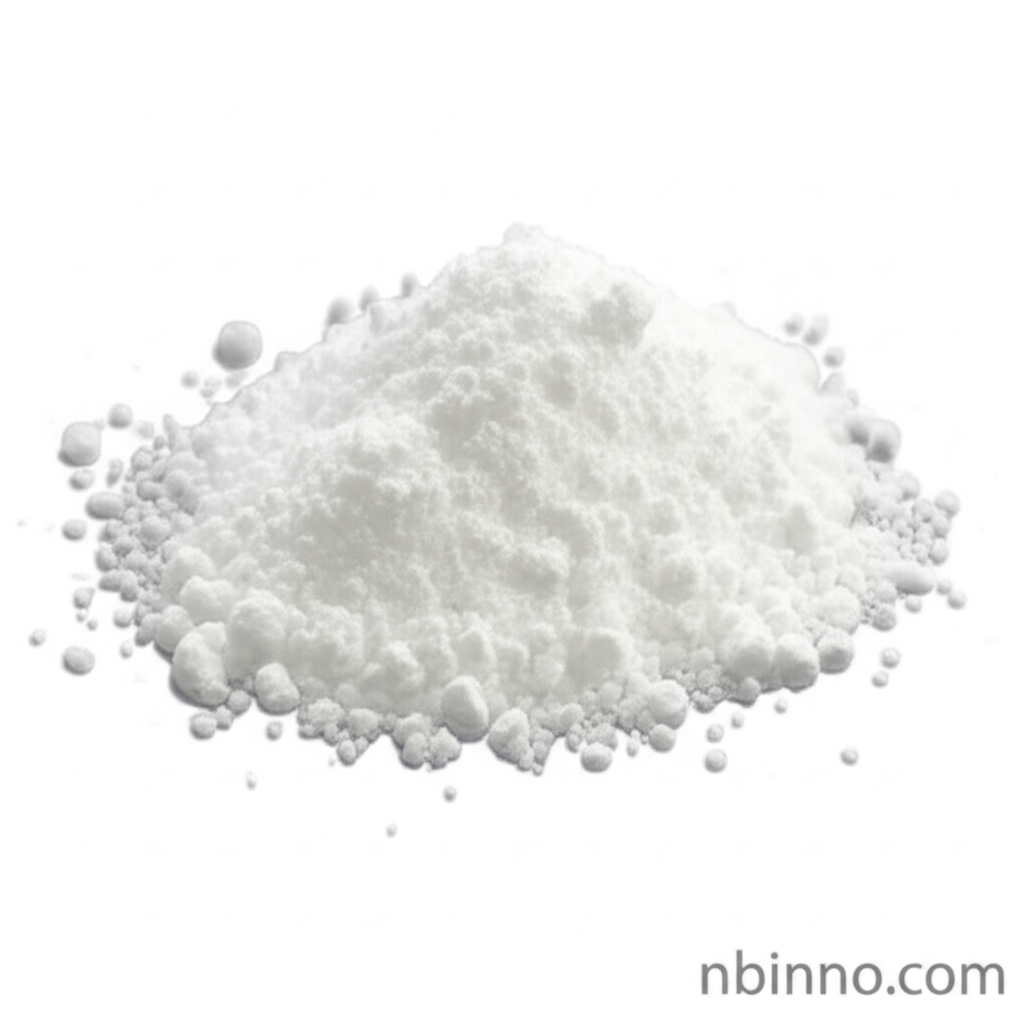N-Phenylglycine: A Versatile Amino Acid Derivative
Discover the crucial role of N-Phenylglycine in pharmaceutical synthesis, dye production, and advanced organic chemistry.
Get a Quote & SampleProduct Core Value

N-Phenylglycine
N-Phenylglycine, also known as Anilinoacetic acid, is a critical chemical compound widely utilized as an intermediate in the pharmaceutical industry. Its molecular structure and properties make it an essential building block for a range of therapeutic agents and specialty chemicals.
- As a key N-Phenylglycine pharmaceutical intermediate, it contributes to the synthesis of vital drugs, enhancing therapeutic outcomes.
- The compound is instrumental in the production of indigo dyes, showcasing its versatility beyond pharmaceuticals.
- Its utility as a chiral auxiliary in asymmetric synthesis allows for precise stereochemical control in chemical reactions.
- Researchers leverage 2-(Phenylamino)acetic acid in complex organic synthesis pathways, contributing to chemical innovation.
Key Advantages of N-Phenylglycine
Enhanced Drug Synthesis
The role of N-Phenylglycine as a pharmaceutical intermediate is paramount, enabling the development of advanced medications with improved efficacy.
Versatile Chemical Building Block
From contributing to the vibrant hues of indigo dyes to facilitating complex organic synthesis, its application range is extensive.
Stereochemical Precision
Utilizing N-Phenylglycine as a chiral auxiliary ensures high stereoselectivity in asymmetric synthesis, a critical aspect in modern chemistry.
Key Applications
Pharmaceutical Development
N-Phenylglycine is a cornerstone in synthesizing various pharmaceuticals, particularly in areas like antiviral and anti-inflammatory drug development, leveraging its structure for targeted action.
Dye Manufacturing
The compound is essential for the production of indigo dyes, a historically significant and widely used colorant in the textile industry.
Asymmetric Synthesis
As a chiral auxiliary, N-Phenylglycine is employed to control the stereochemistry of reactions, crucial for creating enantiomerically pure compounds.
Organic Synthesis
Its role as a versatile building block in organic synthesis aids in the creation of complex molecules for diverse chemical applications.
